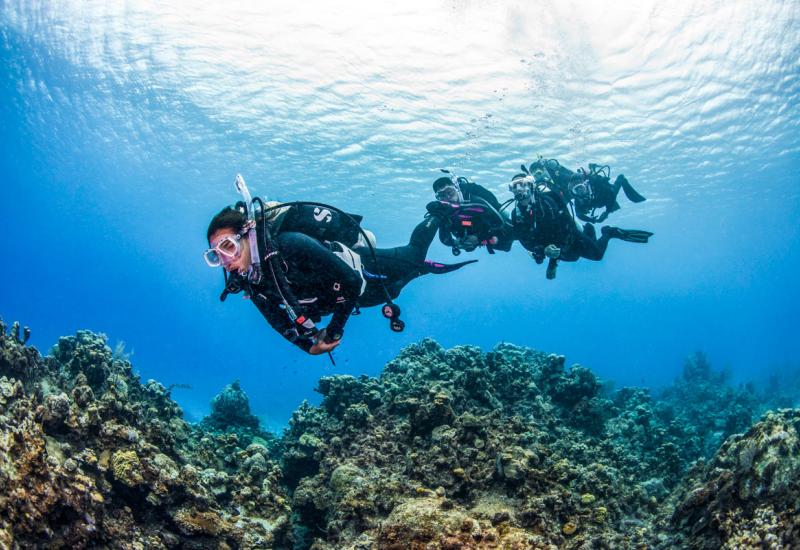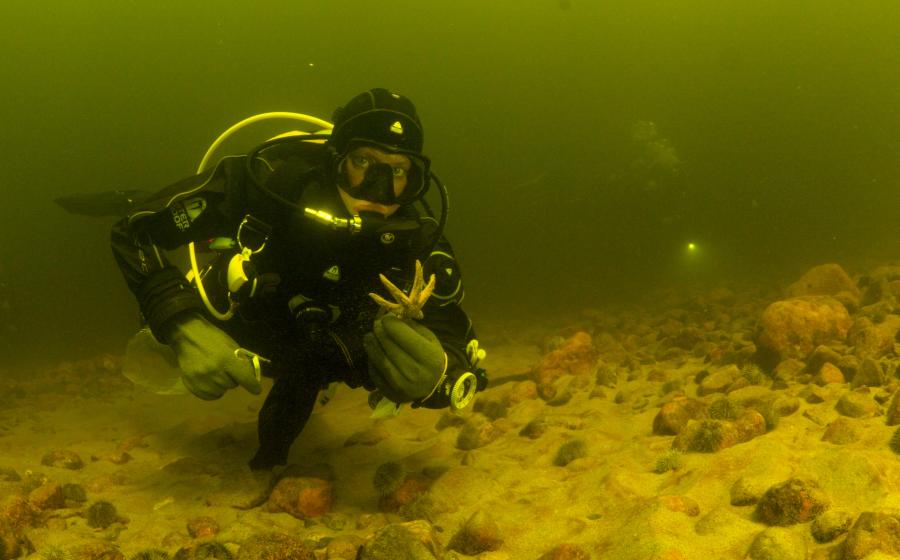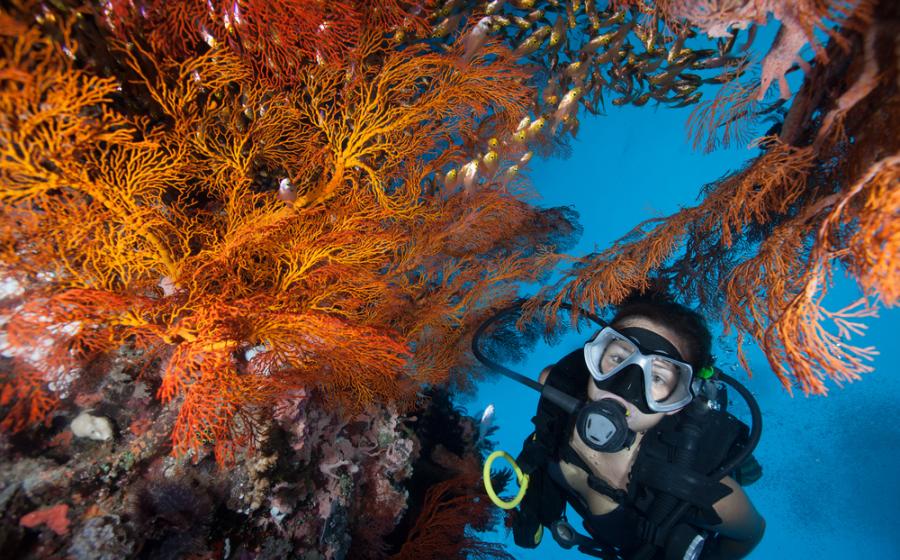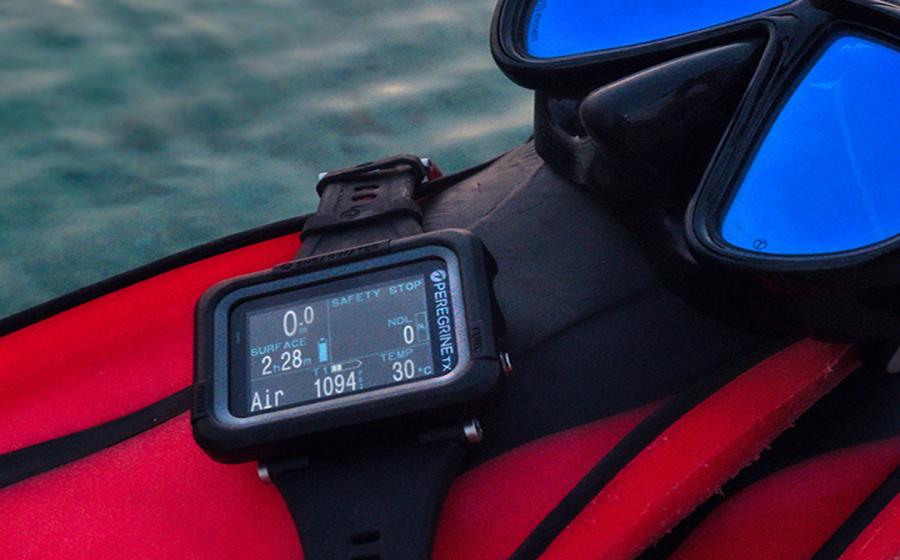Check Mate? | Lessons for Life
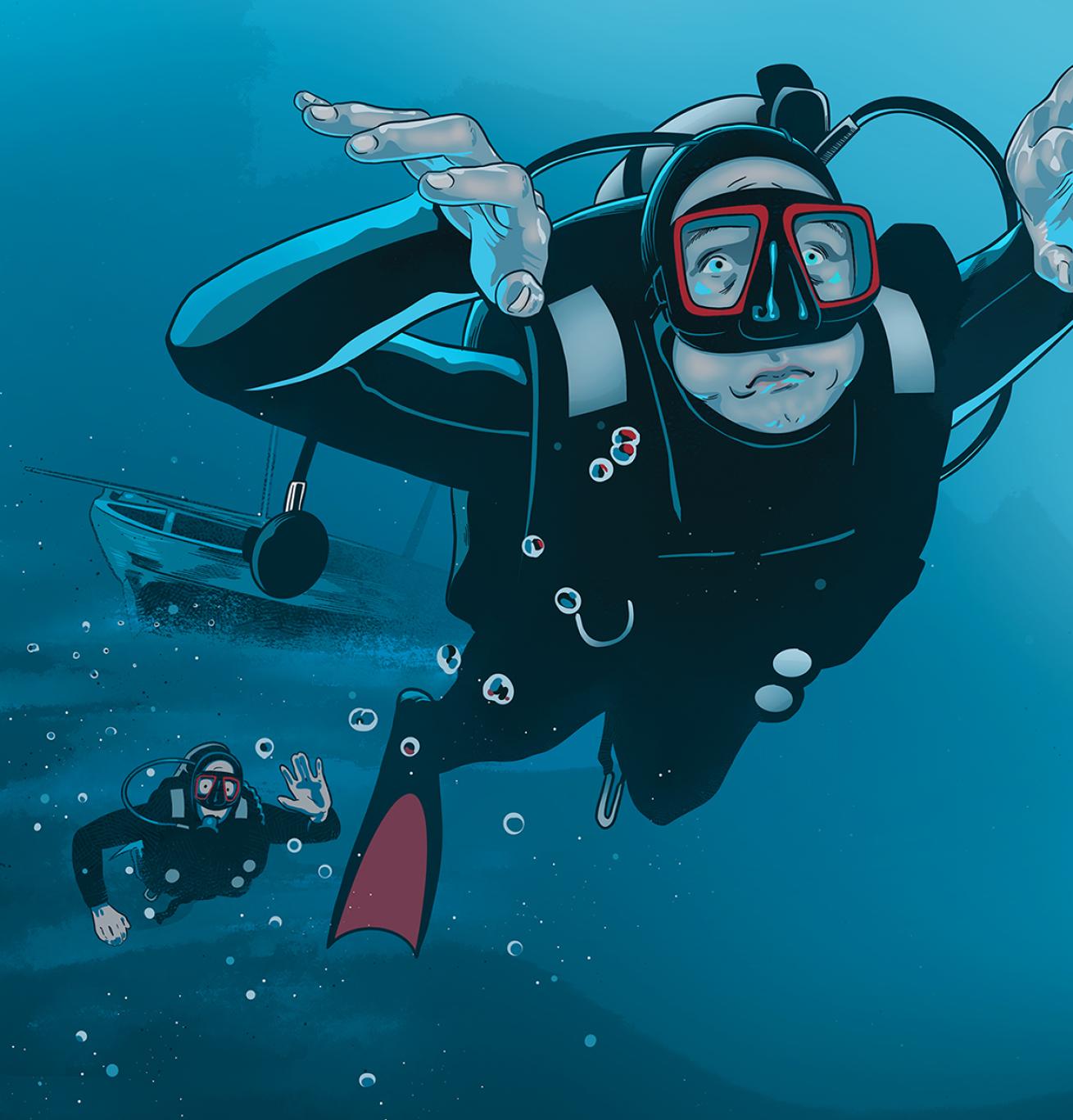
Steven P. HughesComplacency can kill.
Joel and his three buddies had just begun their second dive on a deep wreck. They didn’t have a lot of time at depth, but conditions were good, and Joel was excited—right up until he tried to take a breath.
The Diver
Joel was a 40-year-old technical diver experienced in deco techniques. He was healthy, with no known medical conditions. He had been on this wreck several times.
The Dive
The four friends were diving off a small charter in a lake two hours from home. The wreck rested on the sand at about 170 feet, with its upper structure rising to 140. The divers had completed a dive without incident. After a surface interval, they geared up for their second dive.
The Accident
The four entered the water and, after signaling each other and the boat, began their descent. They stayed together as two buddy teams, and all four divers remained in general contact. During the first dive, they spent most of their time around the bow; for this dive, they targeted the stern. The hull there was broken open, and they knew they could look into the engine room as well.
They planned to perform decompression stops and were each using a single 100-cubic-foot steel tank. Each diver also carried a small pony bottle of oxygen to use in the final 15 feet before surfacing.
Ten minutes into the dive, Joel realized something was wrong. He attempted to take a breath, but there was nothing there. He quickly signaled his dive buddy that he was out of air.
The buddy immediately gave Joel his alternate air source, and the two linked arms and began ascending. At 30 feet, Joel’s buddy paused to make his first deco stop. The divers hadn’t been at depth for long, but the man didn’t want to take chances. He knew they had likely ascended faster than recommended.
Joel stopped with his buddy for a moment but then dropped the alternate air source and began swimming for the surface without a regulator in his mouth. He was carrying an oxygen-filled pony bottle, but he did not stop to use it, nor to attempt a decompression at 15 feet.
Reaching the surface, Joel signaled for help from the boat and then lost consciousness. He was about 50 feet away, and it took the crew a few minutes to reach him. They found him about 5 feet underwater, since Joel had not been able to inflate his BCD. The crew immediately began resuscitation, but Joel never regained consciousness. The medical examiner concluded the primary cause of death was air embolism after a rapid ascent. The secondary cause was drowning.
An investigation revealed that Joel had never switched out his first tank. He began his second dive on the reserve he had surfaced with after his first, and then ran out of breathing gas on the bottom.
Analysis
Sometimes divers become overconfident and take shortcuts. They assume their personal experience will help them overcome any situation. Statistics show that accidents occur not just when divers are novices, but sometimes after divers gain experience and lower their guard. In Joel’s case, there was confusion during the surface interval. Joel may have thought he heard his friend say he had switched out Joel’s tank, but he was mistaken. Regardless of how it happened, Joel began a deep dive with a mostly empty tank. Finding yourself out of air at depth can be scary, regardless of your experience. While it’s unlikely he was in a full-blown panic at that point, based on his buddy’s description it is fair to say Joel was likely scared and worried.
Two divers breathing off of one tank can be awkward, especially if you haven’t practiced the emergency procedure. Many divers never practice rescue drills after their open-water course unless they advance through rescue diver or become a divemaster or instructor. Even divers who practice those drills might have trouble ascending with an alternate air source if they have never done it with that particular buddy, making it more difficult.
Joel chose to continue to the surface when his buddy paused to make a decompression stop. It is likely he saw the surface 30 feet above and his mind told him that was safety. This is an indication of the perceptual narrowing that comes with panic. You feel your options narrowing to simple fight or flight, and Joel’s mind said to flee to the surface.
We’ll never know whether Joel held his breath completely or just didn’t exhale enough on his final ascent, but from that depth the air in his lungs would effectively double in size. That is more than enough for a lung overexpansion injury and an arterial gas embolism.
A lung overexpansion injury happens when you don’t exhale on ascent and the air in your lungs expands. It tears a hole in the lung tissue and sends a bubble of your breathing gas into your bloodstream. When that bubble enters the arterial circulation—the blood moving away from the lungs—it can go directly to the brain, causing strokelike symptoms and a rapid loss of consciousness and death.
In Joel’s case, he either forgot to do a predive safety check or, quite possibly, thought he didn’t need to. He never looked at his pressure gauge. If he had, he would have noticed something was wrong, and this incident would not have happened. He simply took a breath from his regulator to make sure his air was on and entered the water.
That simple check, or possibly rushing to get in the water, spelled the difference between a successful, fun dive and one with a devastating outcome.
Lessons for Life
- Do a predive safety check. Experienced divers often think this is something for newbie divers, but it really is for everyone.
- Don’t become complacent. Your dive gear is life-support equipment. It allows you to enter an alien environment—never take it for granted.
- Practice emergency drills. Take the opportunity when you make a safety stop to practice alternate-air-source breathing with your regular dive buddy. Regularly practice self-rescue skills like mask clearing, regulator recovery and cramp release as well. You never know when you might need them.


